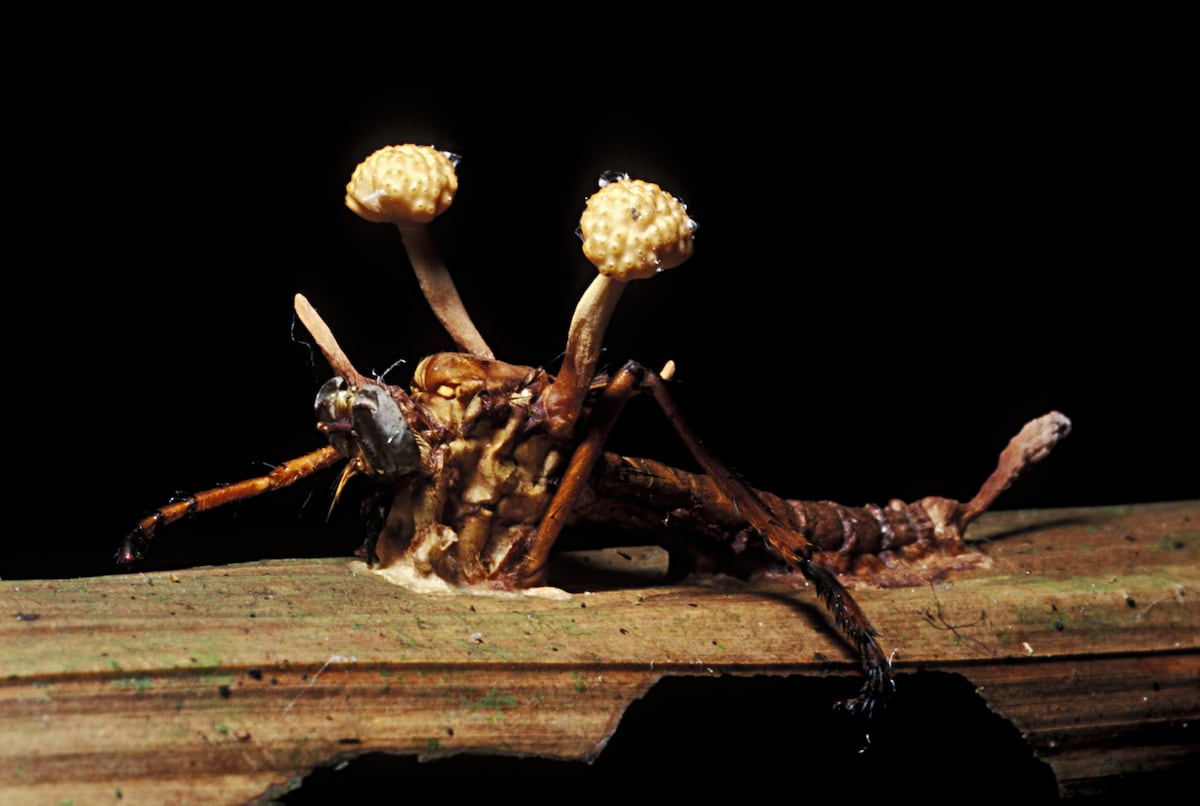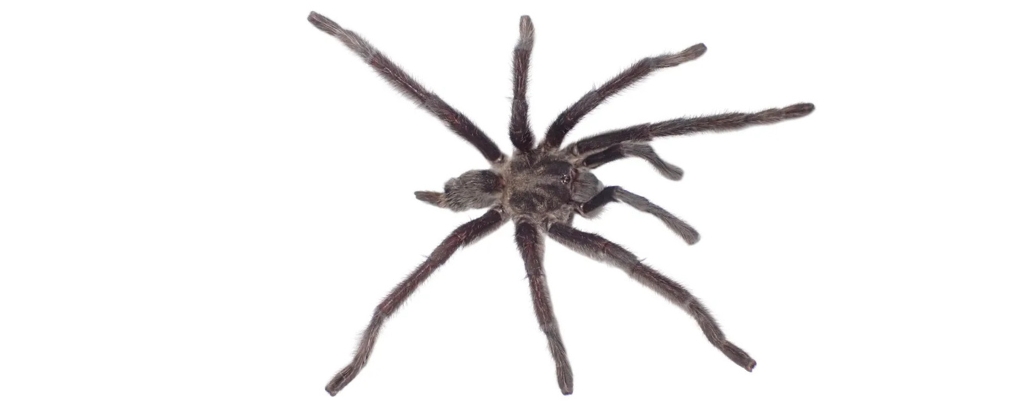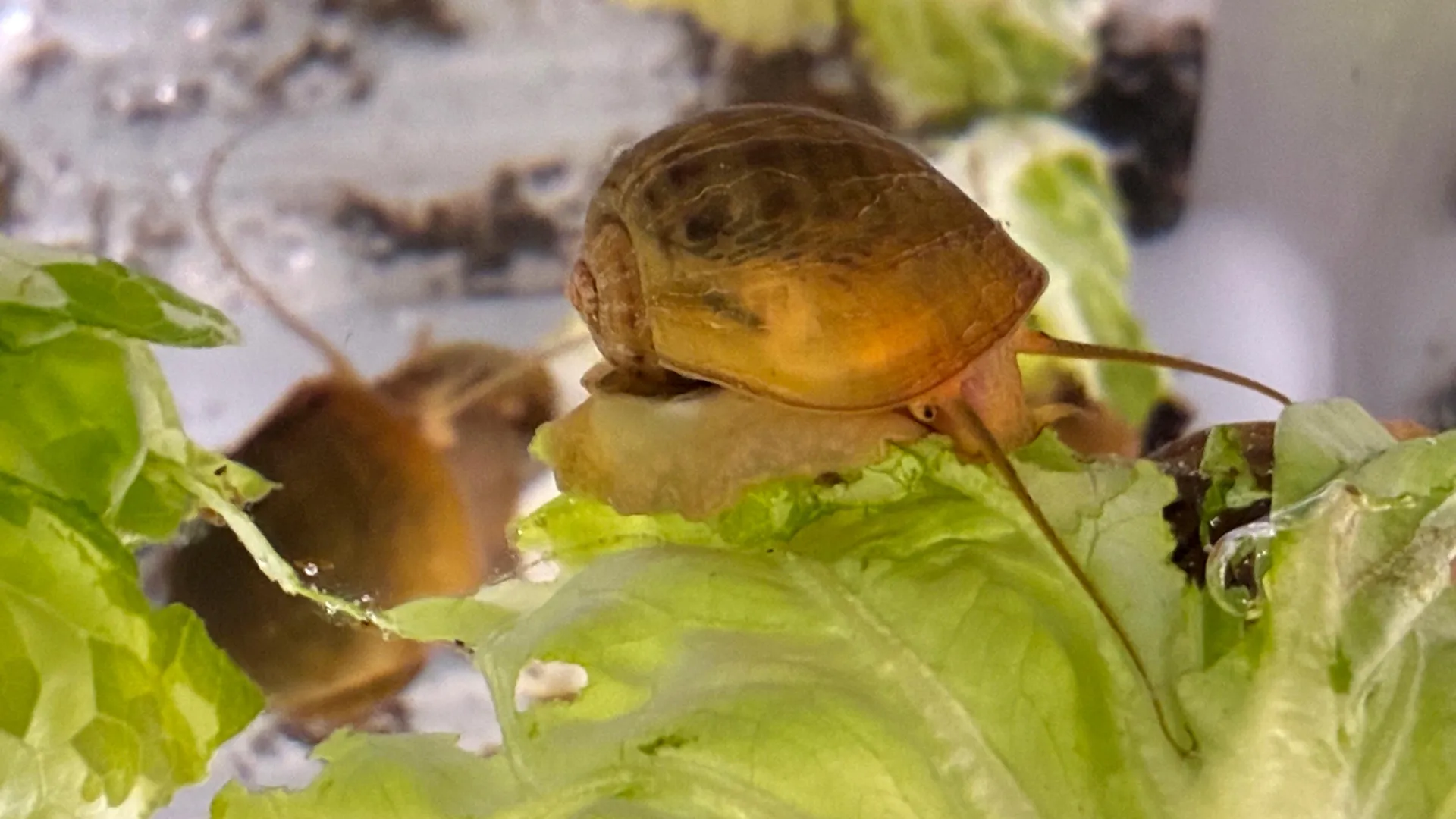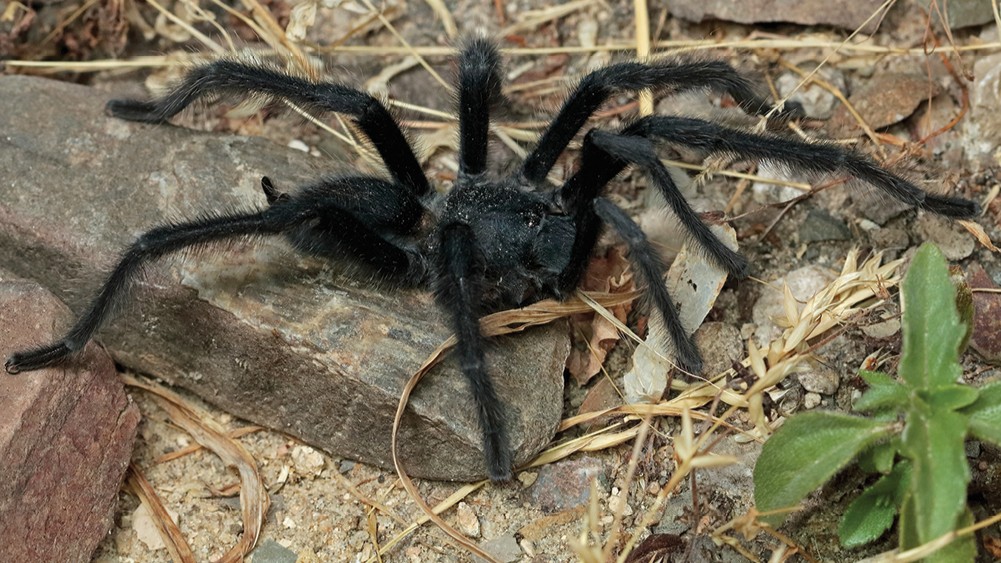Did You Know? There's a Fungus That Turns Ants Into Zombies!

Imagine a world where a tiny spore, thinner than a human hair, can take control of an ant, bending it to its will like a puppet on a string. This is not a horror movie plot—it's a bizarre reality of nature! Meet Ophiocordyceps unilateralis, a parasitic fungus that invades the bodies of ants, hijacking their very nervous systems to carry out its sinister bidding.
Once an unsuspecting ant walks over this microscopic menace, it unknowingly becomes a host. What happens next is nothing short of chilling: the fungus penetrates the ant’s exoskeleton, then begins to grow within, manipulating the insect’s behavior until it finally takes complete control. In a shocking twist, the ant leaves its colony and climbs a tree trunk, finding a suitable leaf to bite down on—its final act. Then, the ominous stalk of the fungus erupts from its head, releasing spores that will spread, searching for new victims.
This infectious fungus, infamous for turning ants into pseudo-zombies, has been thrust into the spotlight thanks to shows like The Last of Us, where similar fungi take over humans, leading to a post-apocalyptic scenario. But don’t let the dramatization fool you; the real-life phenomenon is even more unsettling. In her fascinating new book, Rise of the Zombie Bugs, American science journalist Mindy Weisberger dives deep into the unnerving world of parasitism and zombification.
Weisberger shares, “There’s something about zombies that I find particularly intriguing. The thought of losing free will to something that controls your body while you’re still technically alive is profoundly unsettling.” Through her work, she explores how various parasites rewrite the neurochemistry of their victims, transforming them into the living dead we see in nature.
The world of parasitism is incredibly intricate and has been evolving for millions of years. Though scientists have been studying these phenomena for quite some time, they still struggle to fully understand how these relationships work. “Scientists are just beginning to unravel the details—how these parasites manipulate, what chemical pathways they use, and the neural mechanisms involved,” she explains.
Historically, the term ‘parasite’ dates back to the 16th century, originating from the Greek word parasitos, which describes someone who dines at another’s table. Unlike symbiotic relationships where both parties benefit, parasitic relationships are one-sided: the parasite thrives, often at the expense of its host.
One particularly fascinating example is the zombie snail. The worm Leucochloridium paradoxum begins life in bird droppings, eventually making its way into a snail. Once inside, it manipulates the snail’s tentacles to look like a caterpillar, compelling the snail to expose itself to birds. The cycle repeats as birds consume the snail, providing a new home for the worms.
Weisberger notes that parasitism is not a new phenomenon; its roots trace back about 500 million years. The first evidence of parasitic relationships comes from brachiopods fossilized in ancient seas. Today, it is estimated that around 40% of known animal species are parasitic, with a staggering number of strategies evolving independently throughout history.
While the idea of a human-zombifying fungus might seem like a plot twist straight out of horror fiction, the truth is far less dramatic. Weisberger reassures us that fungi like Ophiocordyceps don’t thrive in mammalian bodies, mainly due to our higher body temperatures. “We evolved to have such high body temperatures to protect against fungal infections,” she explains.
In fact, researchers suggest that the complex structures of mammal brains make them much less susceptible to such control. Oscar Soriano, a researcher at the National Museum of Natural Sciences, adds, “For one of these parasites to manage to control more complex structures like the mammalian brain doesn’t make much sense from an evolutionary perspective.”
As fascinating as it is unsettling, the intricate relationships between parasites and their hosts highlight the bizarre and beautiful complexity of life on Earth. It’s like a twisted version of nature’s own soap opera, filled with drama, manipulation, and survival—just remember, the next time you see an ant, it might just be a puppet!

















